Home>Gardening & Outdoor>Pool & Spa Care>How Fast Does Hot Tub Water Evaporate
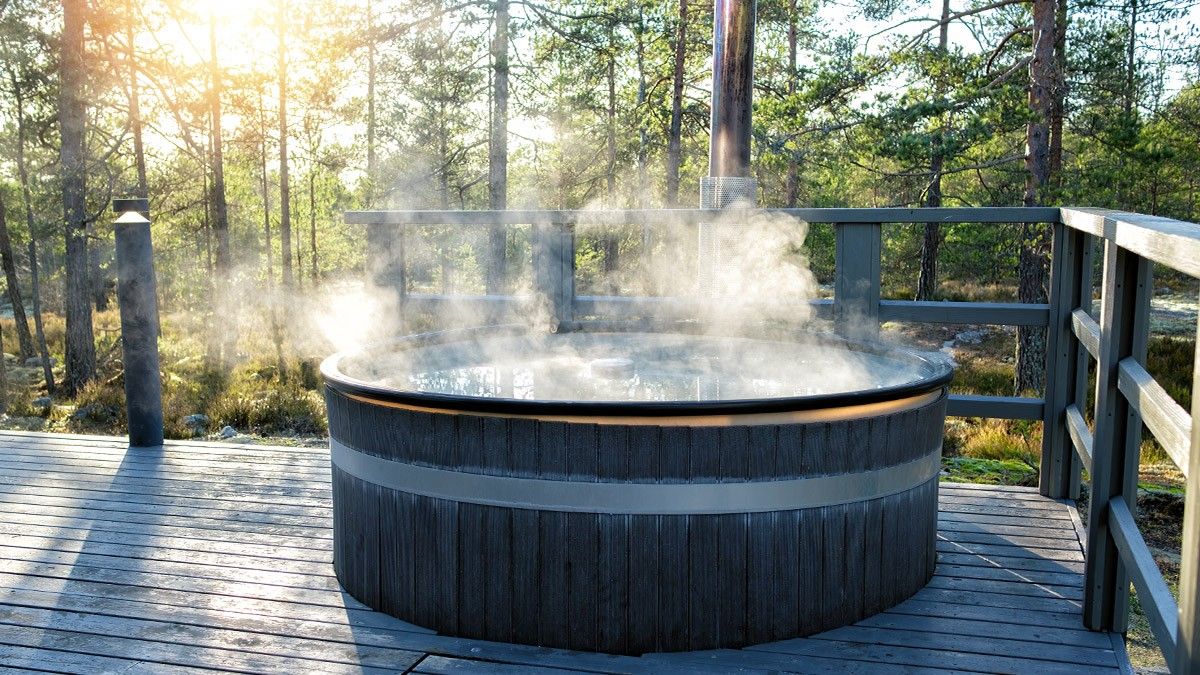

Pool & Spa Care
How Fast Does Hot Tub Water Evaporate
Modified: January 9, 2024
Learn how to prevent water evaporation in your hot tub with our expert pool and spa care tips. Keep your hot tub water levels balanced and enjoy longer-lasting relaxation.
(Many of the links in this article redirect to a specific reviewed product. Your purchase of these products through affiliate links helps to generate commission for Storables.com, at no extra cost. Learn more)
Introduction
Welcome to the wonderful world of hot tub ownership! Whether you're a seasoned hot tub enthusiast or a newcomer to the joys of hydrotherapy, understanding the nuances of hot tub maintenance is crucial for an optimal soaking experience. One key aspect of hot tub care that often raises questions is the rate at which hot tub water evaporates. In this article, we'll delve into the factors influencing hot tub water evaporation, the impact of temperature on this process, and the crucial role of a well-maintained hot tub cover in mitigating water loss.
As a hot tub owner, you may have noticed that the water level in your spa gradually decreases over time. This phenomenon, known as evaporation, occurs when water transforms from its liquid state into vapor. While some level of evaporation is inevitable, understanding the factors that contribute to this process can help you manage water loss effectively and maintain your hot tub at its optimal performance.
So, how fast does hot tub water evaporate, and what influences this rate? Join us as we explore the science behind hot tub water evaporation and uncover practical tips to minimize water loss, preserve water quality, and enhance your overall hot tub experience.
Key Takeaways:
- Hot tub water evaporates faster in warm, dry, and windy conditions. Adjusting temperature settings and using a well-fitted cover can help minimize water loss and maintain optimal water levels.
- A high-quality hot tub cover is essential for conserving water, retaining heat, and protecting against debris and UV damage. It’s a key investment for a sustainable and enjoyable hot tub experience.
Read more: Why Does Hot Tub Water Smell
Factors Affecting Hot Tub Water Evaporation
Several factors contribute to the rate of evaporation in a hot tub. Understanding these variables can empower you to take proactive measures to minimize water loss and maintain optimal water levels in your spa. Let’s explore these influential factors:
- Ambient Temperature: The surrounding air temperature plays a significant role in hot tub water evaporation. In warmer climates or during hot summer months, the rate of evaporation tends to increase. Conversely, in cooler weather, evaporation may occur at a slower pace. It’s important to consider seasonal variations and their impact on water evaporation when managing your hot tub.
- Humidity Levels: Humidity, or the amount of moisture in the air, also affects evaporation. In areas with low humidity, such as arid regions, water is more prone to evaporate rapidly. On the other hand, in humid environments, where the air is already saturated with moisture, the evaporation rate may be slightly lower.
- Wind Exposure: Wind can accelerate the evaporation of hot tub water. When your spa is located in a windy area, the moving air can whisk away water vapor from the tub’s surface, leading to increased evaporation. Shielding your hot tub from strong winds can help mitigate water loss.
- Hot Tub Temperature: The temperature at which you maintain your hot tub can impact water evaporation. Higher water temperatures can expedite the evaporation process, especially when combined with warm ambient air. While enjoying a toasty soak is delightful, it’s essential to consider the potential impact on water levels.
- Water Surface Area: The surface area of your hot tub’s water plays a role in evaporation. Spas with larger surface areas may experience more significant water loss compared to those with smaller footprints. Understanding this dynamic can help you manage water levels more effectively.
By taking these factors into account, you can gain a deeper understanding of the variables influencing hot tub water evaporation. Armed with this knowledge, you’ll be better equipped to implement strategies to minimize water loss and maintain your hot tub at its optimal performance.
The Impact of Temperature on Hot Tub Water Evaporation
Temperature exerts a profound influence on the rate of hot tub water evaporation. Understanding the interplay between temperature and water loss can empower hot tub owners to make informed decisions about water management and conservation. Let’s explore the impact of temperature on hot tub water evaporation in greater detail:
When your hot tub water is heated to a comfortable soaking temperature, typically between 100°F to 104°F (37.8°C to 40°C), the elevated water temperature accelerates the process of evaporation. As the warm water interacts with the surrounding air, molecules gain energy and transition from the liquid state to vapor, thereby contributing to water loss. In warmer climates or during the summer months, the combination of high ambient temperatures and heated hot tub water can lead to increased evaporation rates.
Conversely, in cooler weather, the impact of temperature on water evaporation may be less pronounced. Lower ambient temperatures can mitigate the rate of evaporation, helping to preserve water levels in your hot tub. However, it’s important to note that even in colder conditions, water evaporation remains a continual process, albeit at a slower pace compared to warmer environments.
As a hot tub owner, being mindful of the relationship between temperature and water evaporation is essential for effective water conservation and maintenance. By considering the impact of temperature on evaporation, you can implement practical measures to mitigate water loss, such as adjusting your hot tub’s temperature settings based on seasonal variations and weather conditions. Additionally, utilizing a high-quality hot tub cover can help minimize heat loss, reduce evaporation, and conserve water, ultimately contributing to a more sustainable and enjoyable hot tub experience.
By recognizing the influence of temperature on hot tub water evaporation and implementing proactive strategies to manage water levels, you can optimize the performance of your hot tub while minimizing water consumption and associated costs. Embracing a mindful approach to temperature management and water conservation can enhance your overall hot tub ownership experience and contribute to a more sustainable use of this cherished relaxation oasis.
To reduce hot tub water evaporation, always keep the cover on when not in use. This will help retain heat and minimize water loss.
The Importance of Proper Hot Tub Cover
Amidst the considerations for hot tub maintenance and water conservation, the role of a well-maintained hot tub cover cannot be overstated. An effective hot tub cover serves as a vital barrier against water evaporation, heat loss, debris accumulation, and UV damage, playing a pivotal role in preserving water quality and optimizing energy efficiency. Let’s delve into the significance of a proper hot tub cover and its impact on mitigating water evaporation:
Evaporation Mitigation: A high-quality hot tub cover forms a protective seal over the water’s surface, effectively reducing exposure to external elements that contribute to evaporation. By minimizing the escape of water vapor, a well-fitted cover helps maintain optimal water levels in your hot tub, reducing the frequency of refills and conserving water resources.
Heat Retention: In addition to curbing water loss, a properly insulated hot tub cover plays a crucial role in retaining heat within the spa. By preventing heat from dissipating into the surrounding environment, the cover helps sustain the water temperature, promoting energy efficiency and reducing the need for frequent heating, thereby further minimizing evaporation.
Debris Protection: Beyond evaporation control, a hot tub cover acts as a shield against debris, such as leaves, twigs, and airborne particles, that can contaminate the water and necessitate additional maintenance. By keeping your hot tub covered when not in use, you can safeguard the water from unwanted impurities, contributing to cleaner and more hygienic soaking experiences.
UV Protection: Prolonged exposure to sunlight can impact water quality and chemical balance in your hot tub. A durable cover provides UV protection, shielding the water from the harmful effects of ultraviolet rays and helping to preserve water clarity and chemical stability over time.
By recognizing the multifaceted benefits of a proper hot tub cover, hot tub owners can make an informed investment in a high-quality cover that aligns with their specific spa requirements. Whether it’s a robust insulated cover designed for cold climates or a lightweight, UV-resistant cover ideal for warmer regions, selecting the right cover can significantly impact water conservation, maintenance efforts, and overall hot tub longevity.
Embracing the use of a proper hot tub cover as an integral component of your hot tub care routine can yield long-term benefits, including reduced water consumption, enhanced energy efficiency, and minimized maintenance demands. By prioritizing the selection and maintenance of a suitable hot tub cover, you can contribute to a more sustainable and enjoyable hot tub ownership experience while preserving water resources and minimizing environmental impact.
Conclusion
As hot tub enthusiasts, we’ve embarked on a journey to unravel the intricacies of hot tub water evaporation and its impact on maintenance and conservation efforts. Through our exploration, we’ve gained valuable insights into the influential factors affecting water evaporation, the interplay of temperature with this process, and the pivotal role of a proper hot tub cover in mitigating water loss. Armed with this knowledge, hot tub owners can take proactive steps to optimize water conservation, enhance energy efficiency, and preserve the integrity of their beloved relaxation oasis.
By understanding the multifaceted factors influencing hot tub water evaporation, including ambient temperature, humidity levels, wind exposure, hot tub temperature, and water surface area, hot tub owners can tailor their maintenance practices to mitigate water loss effectively. Whether it’s adjusting temperature settings based on seasonal variations, strategically positioning the hot tub to minimize wind exposure, or investing in a high-quality cover to curtail evaporation, these proactive measures can contribute to sustainable water management and prolonged water conservation.
Furthermore, the impact of temperature on hot tub water evaporation underscores the importance of mindful temperature management, especially in relation to seasonal and climatic variations. By leveraging temperature control strategies and utilizing a well-insulated cover, hot tub owners can optimize energy efficiency, minimize water evaporation, and create a more environmentally conscious and cost-effective hot tub ownership experience.
Central to our discussion is the significance of a proper hot tub cover as a cornerstone of water conservation and maintenance. A well-maintained cover not only mitigates water evaporation but also safeguards against heat loss, debris accumulation, and UV damage, contributing to cleaner, more efficient, and long-lasting hot tub experiences.
In conclusion, our journey through the dynamics of hot tub water evaporation has shed light on the interconnected elements of temperature, cover maintenance, and environmental considerations that influence water conservation efforts. By integrating these insights into our hot tub care routines, we can foster a more sustainable and enjoyable hot tub ownership experience, while preserving water resources and minimizing environmental impact.
Frequently Asked Questions about How Fast Does Hot Tub Water Evaporate
Was this page helpful?
At Storables.com, we guarantee accurate and reliable information. Our content, validated by Expert Board Contributors, is crafted following stringent Editorial Policies. We're committed to providing you with well-researched, expert-backed insights for all your informational needs.
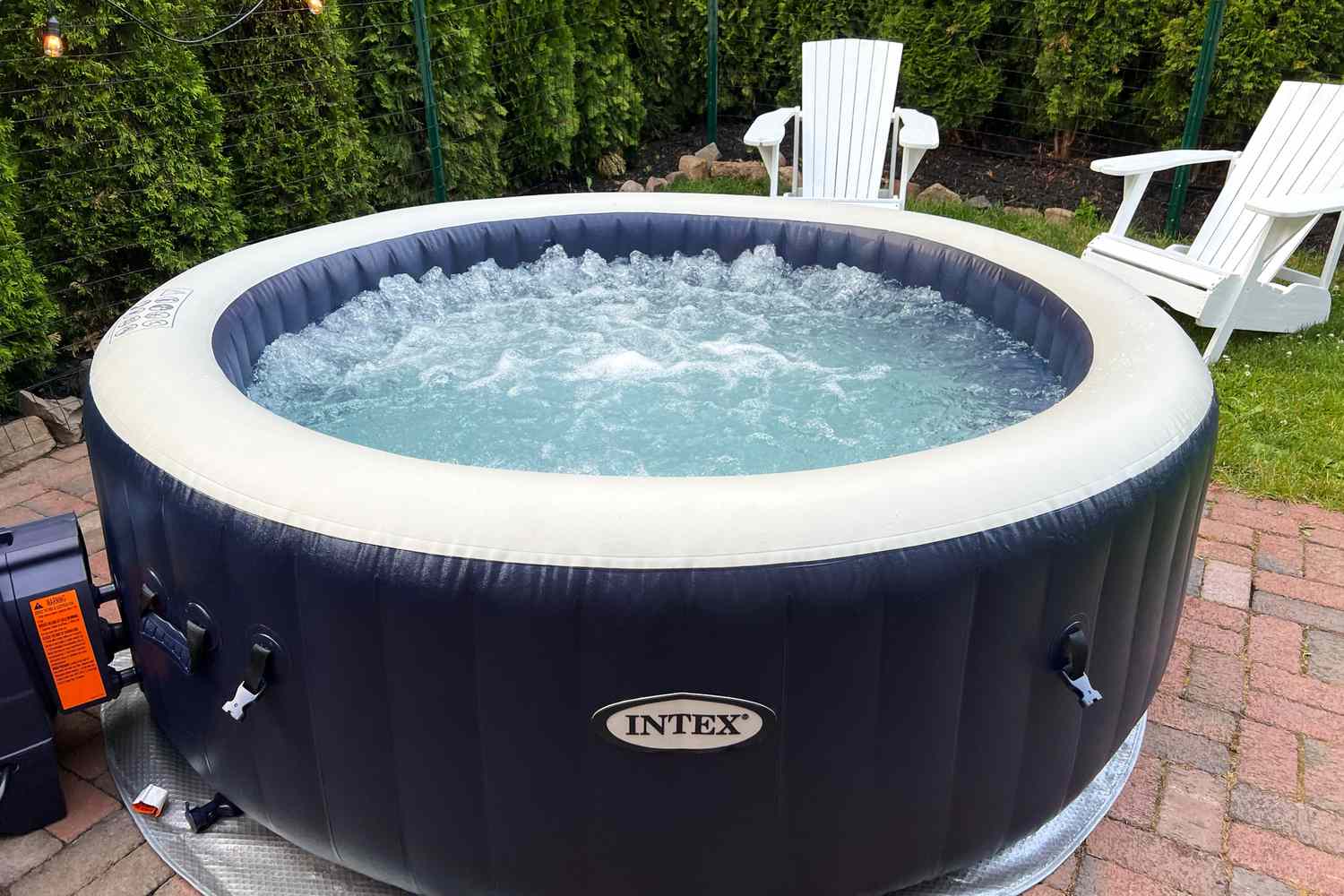
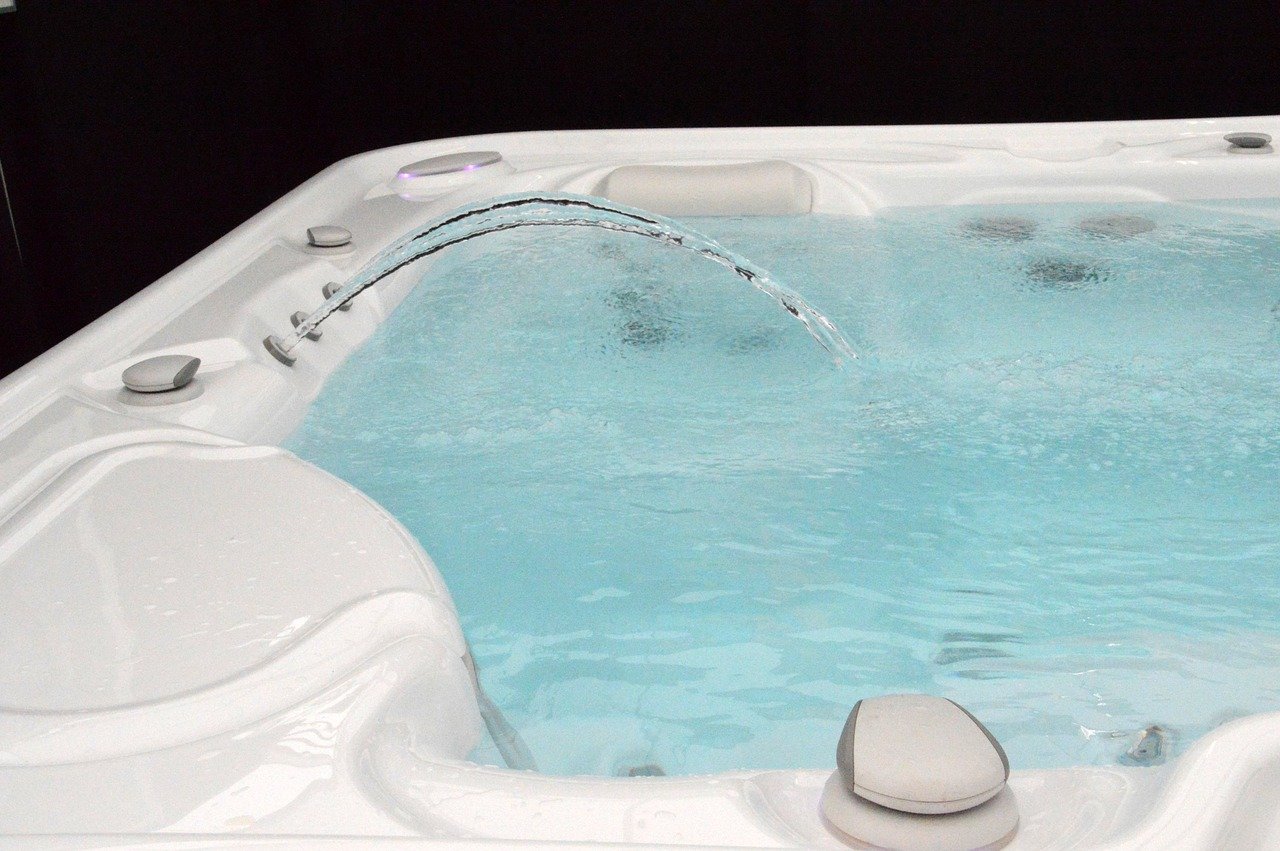
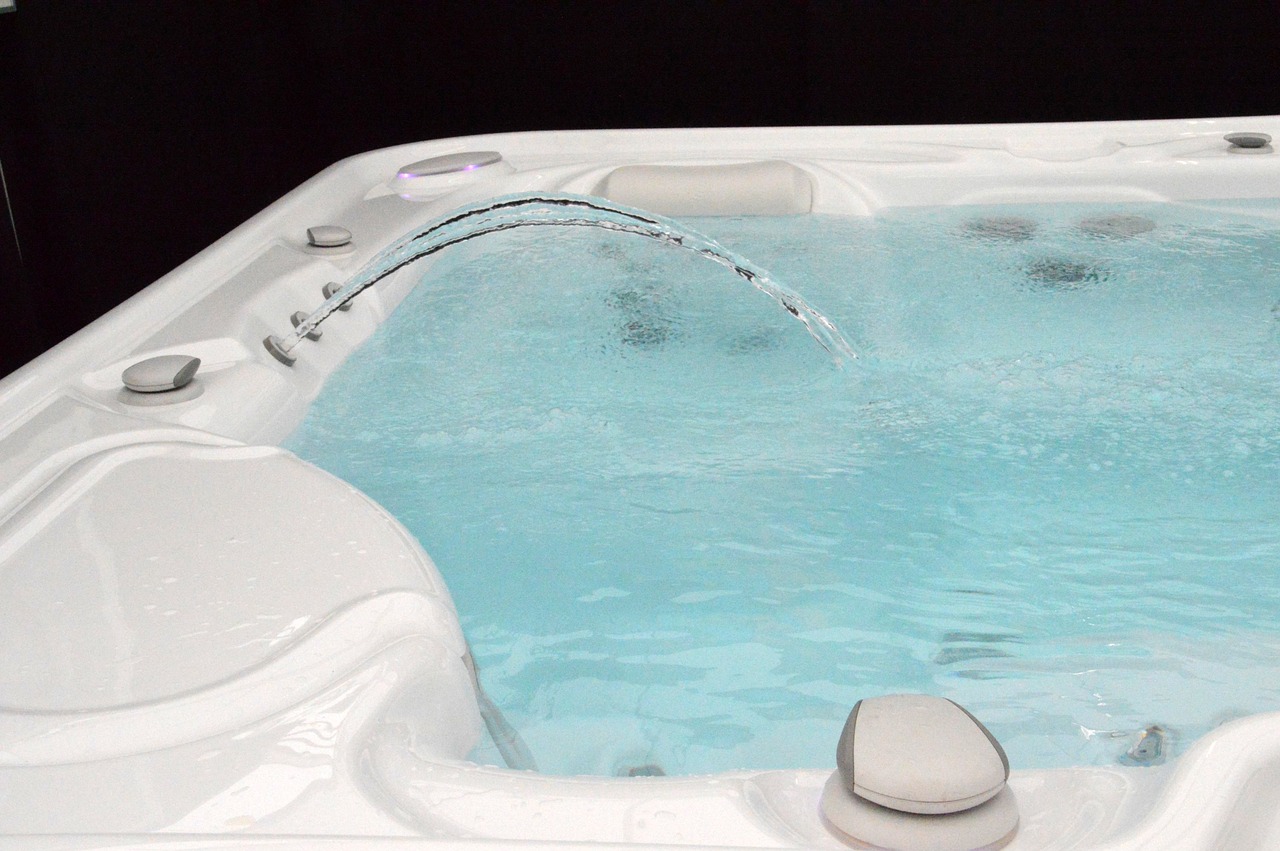
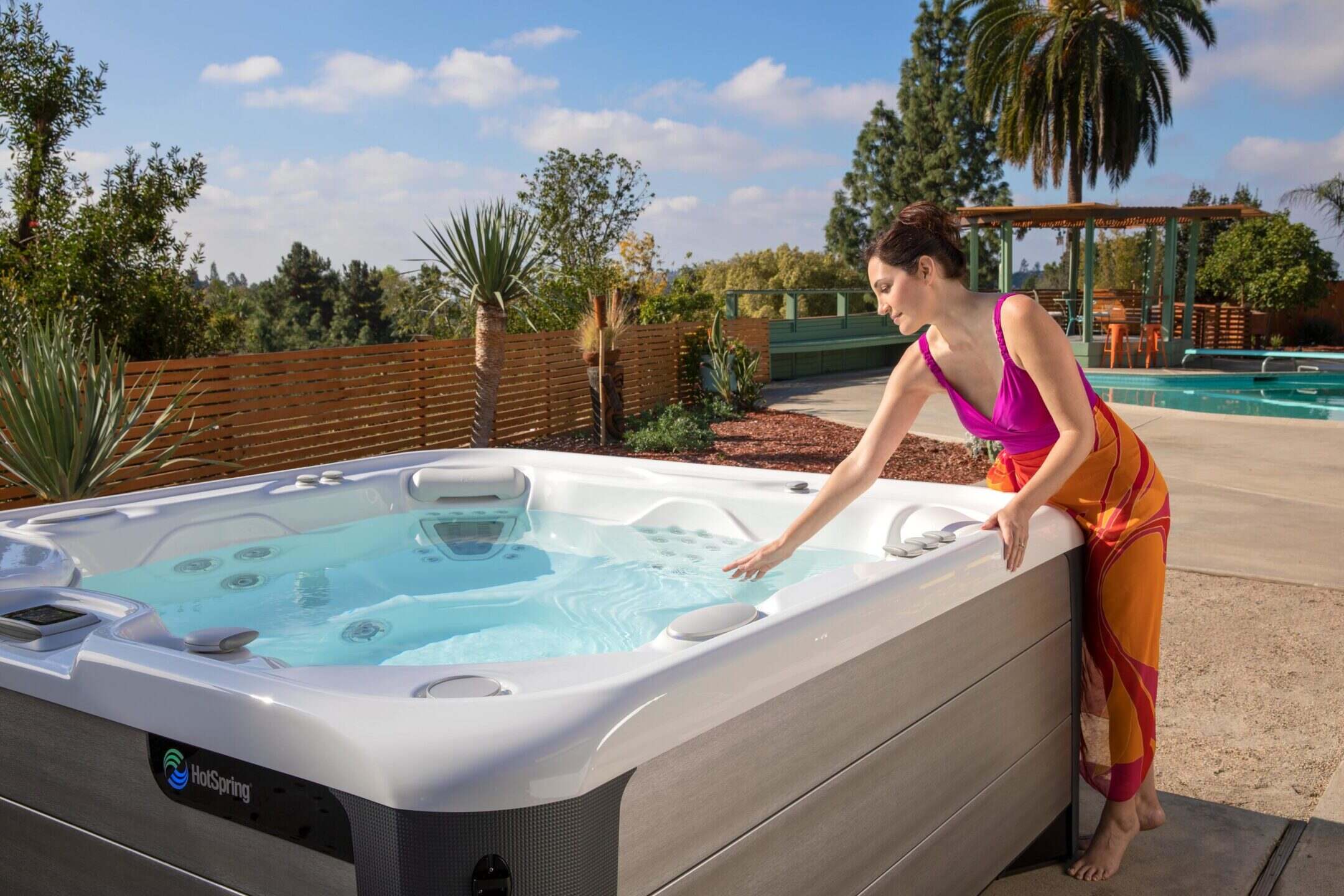
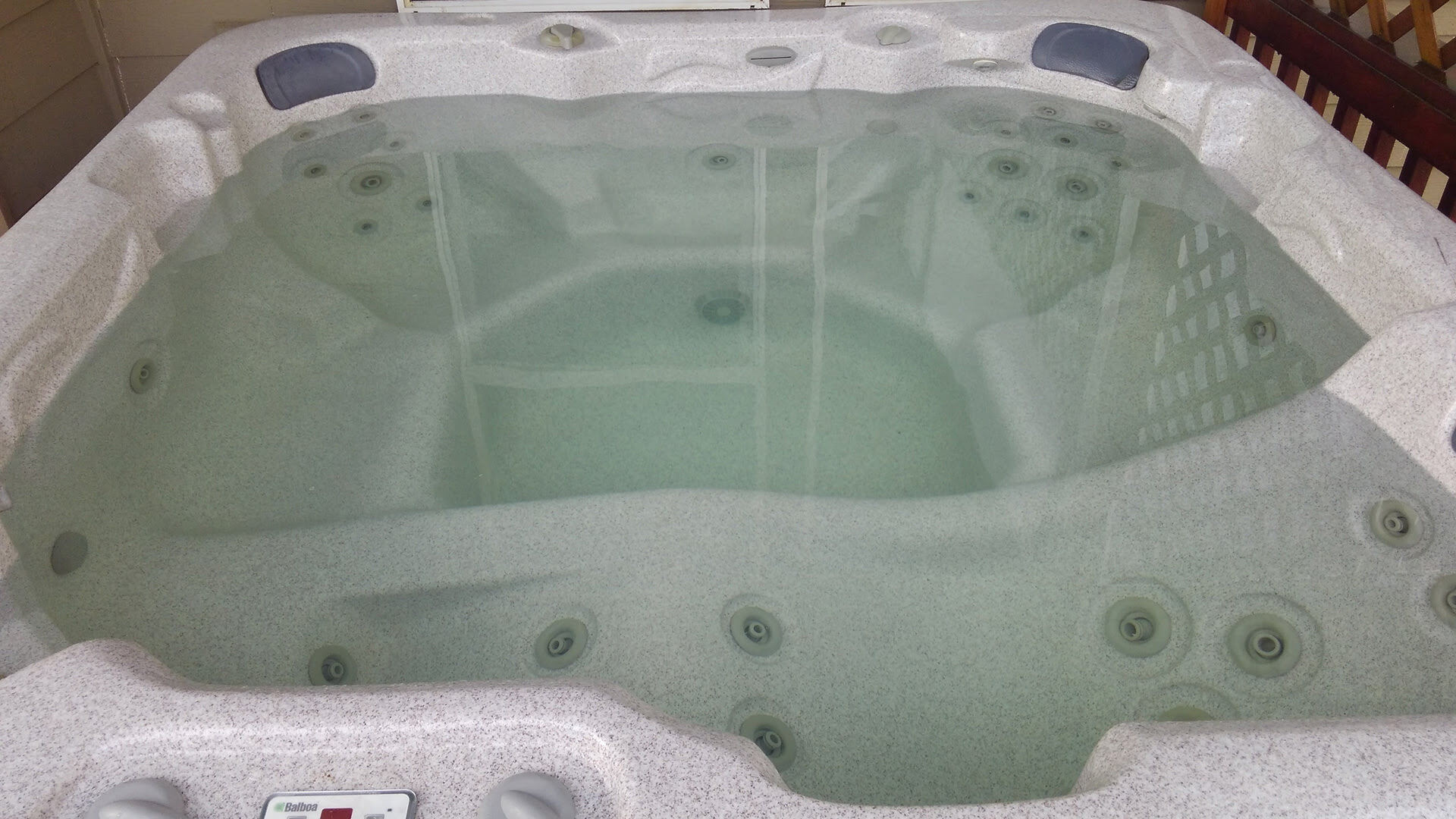
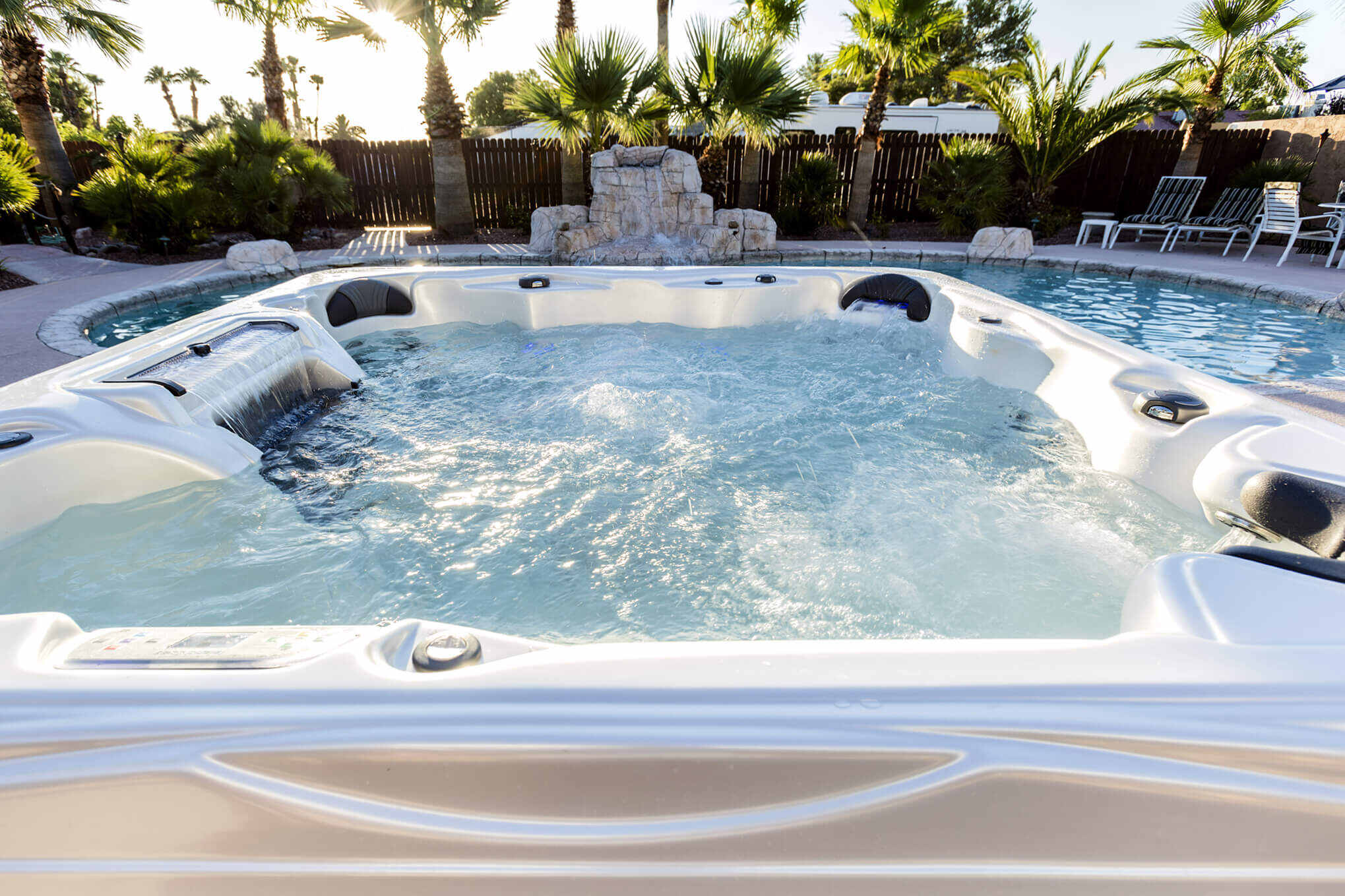
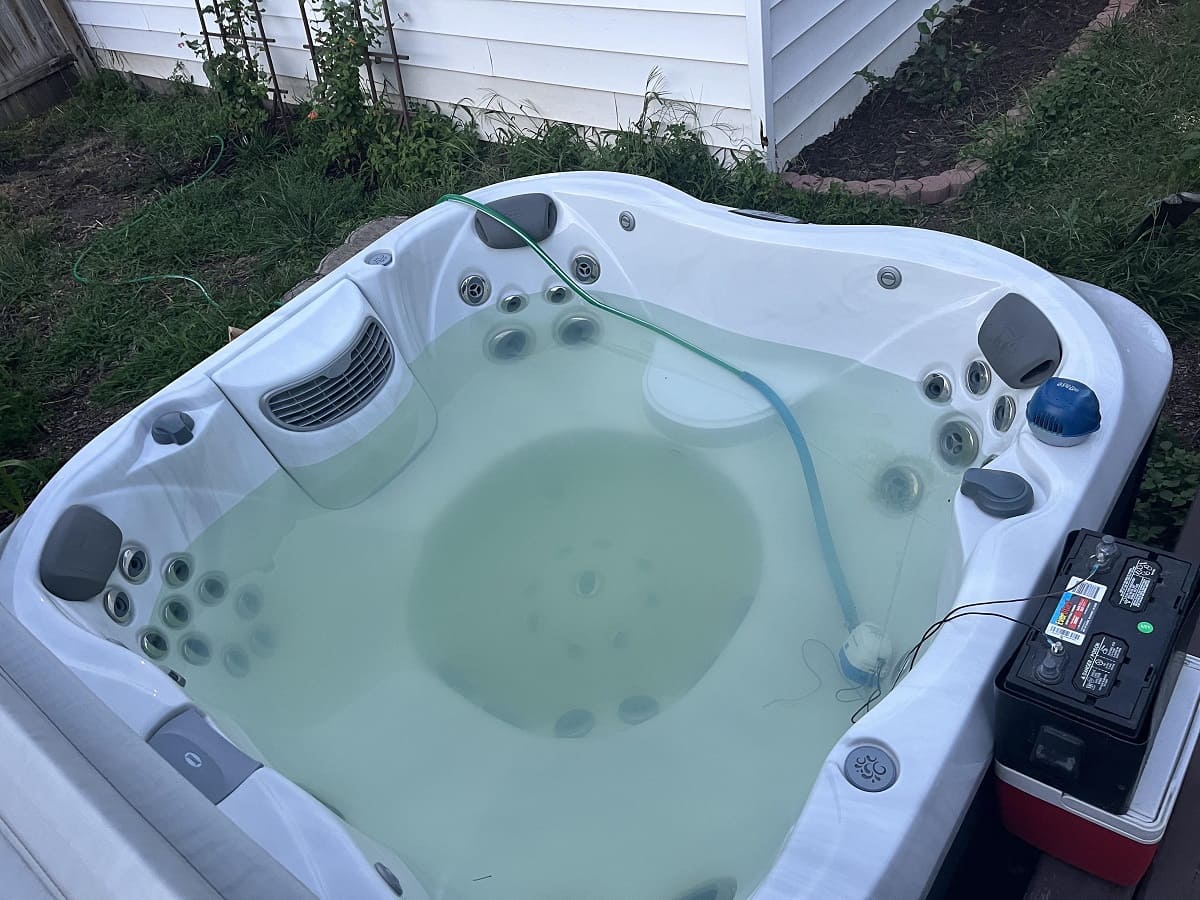
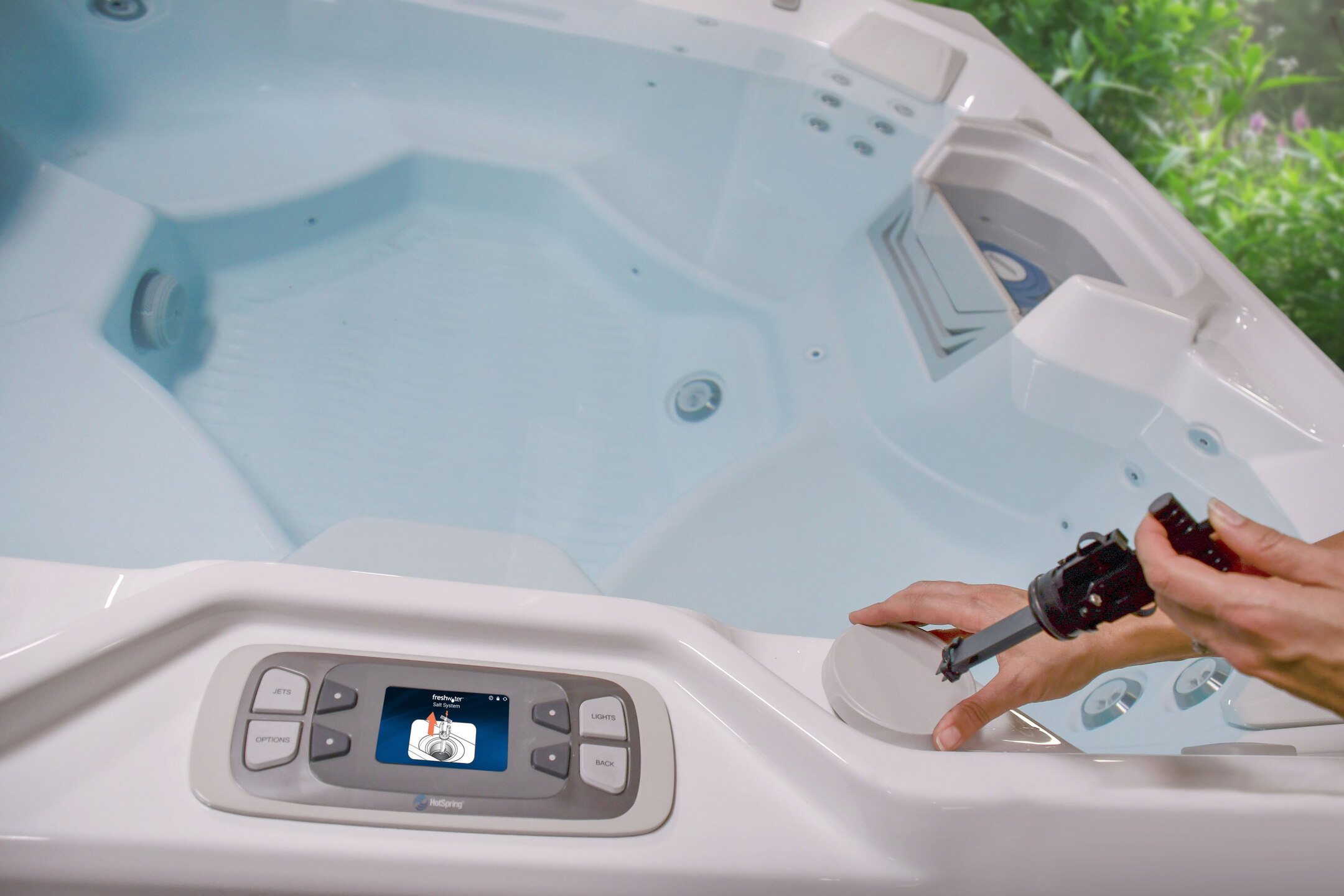
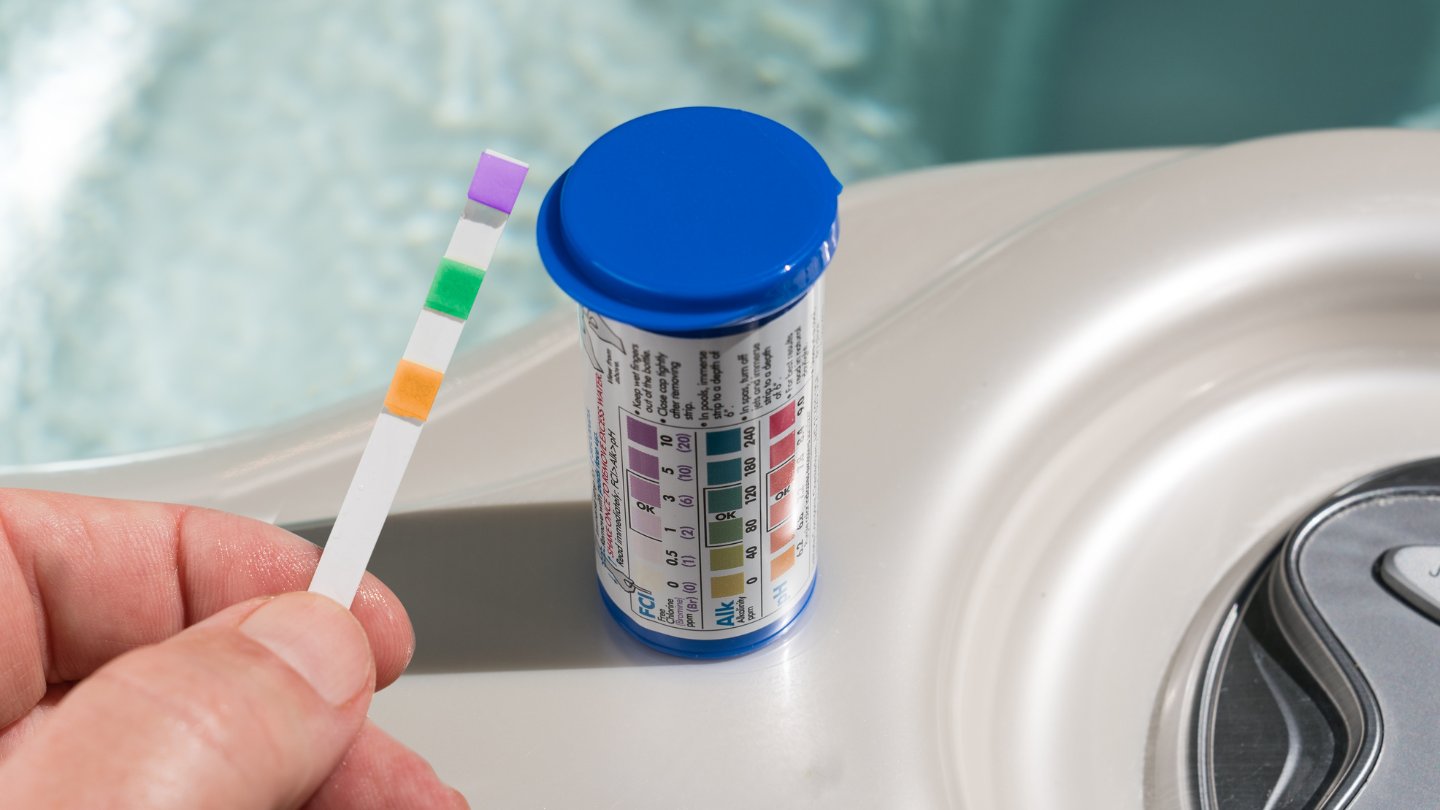
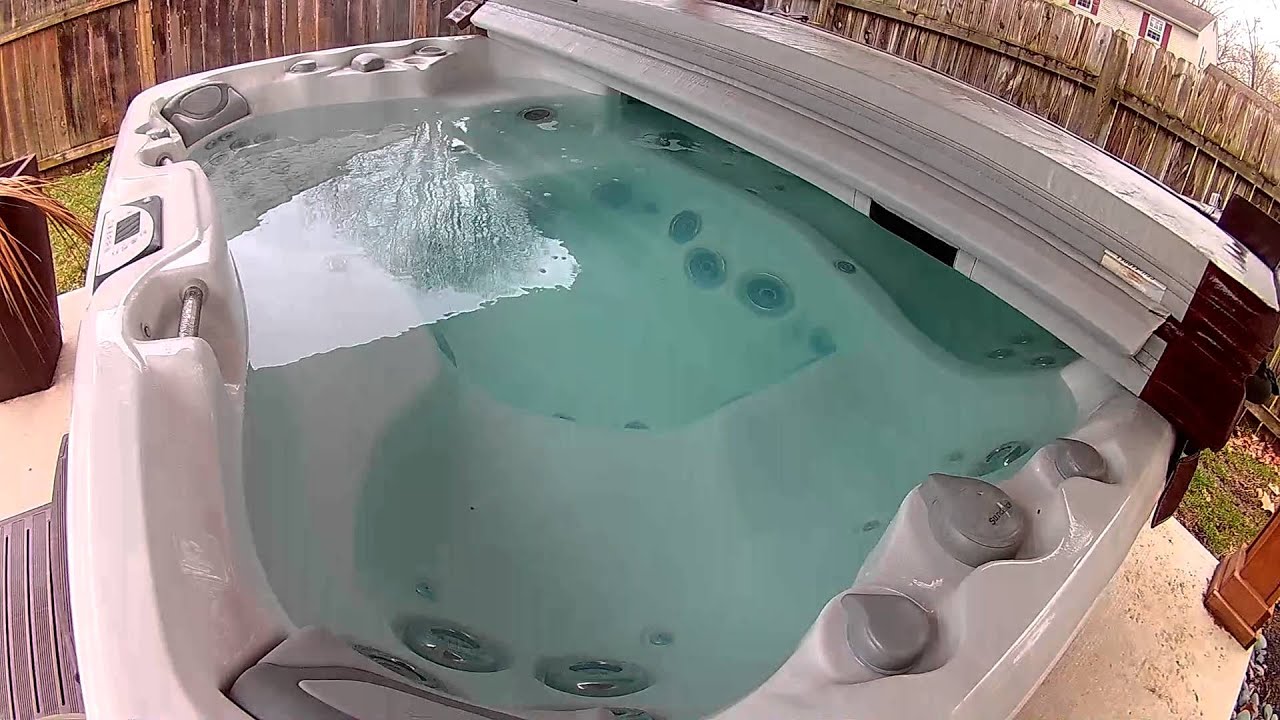
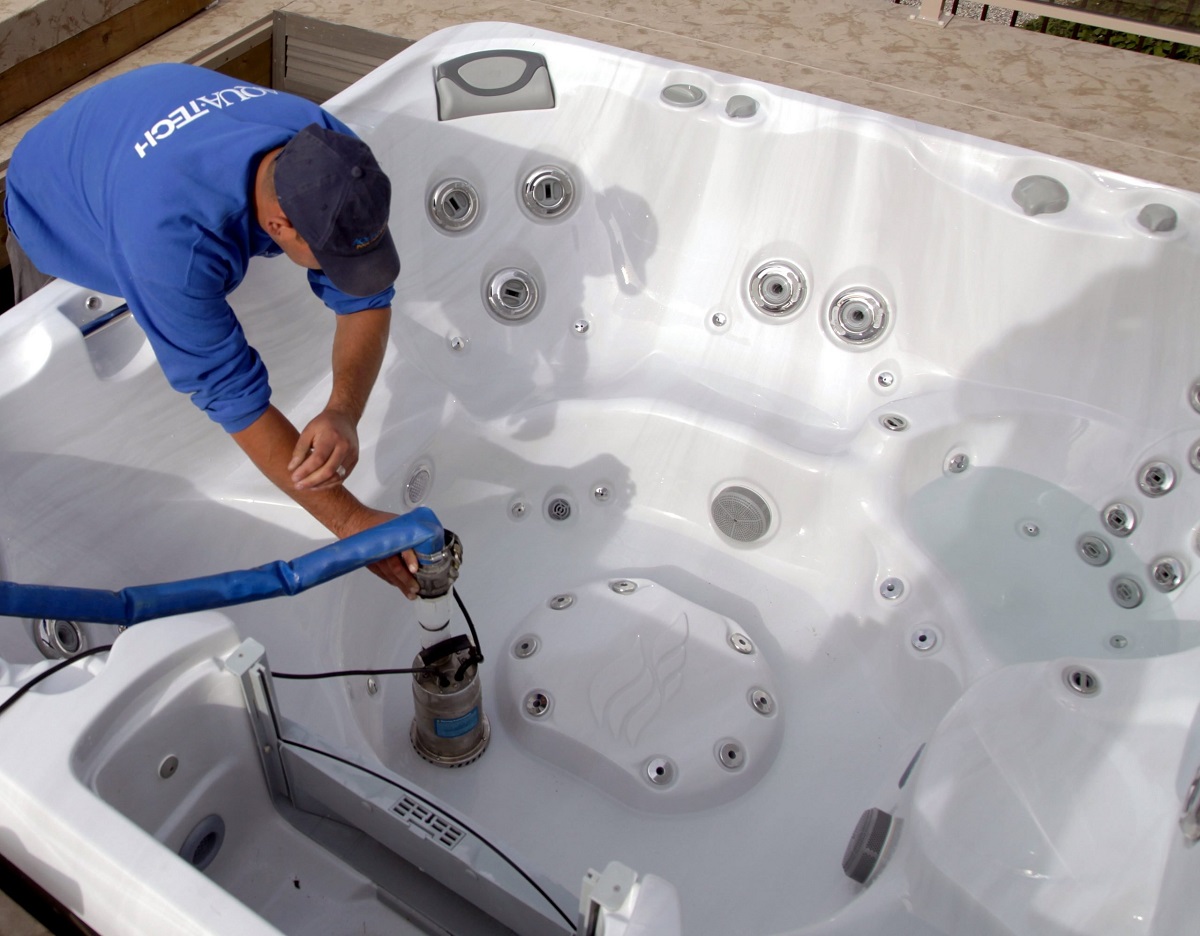
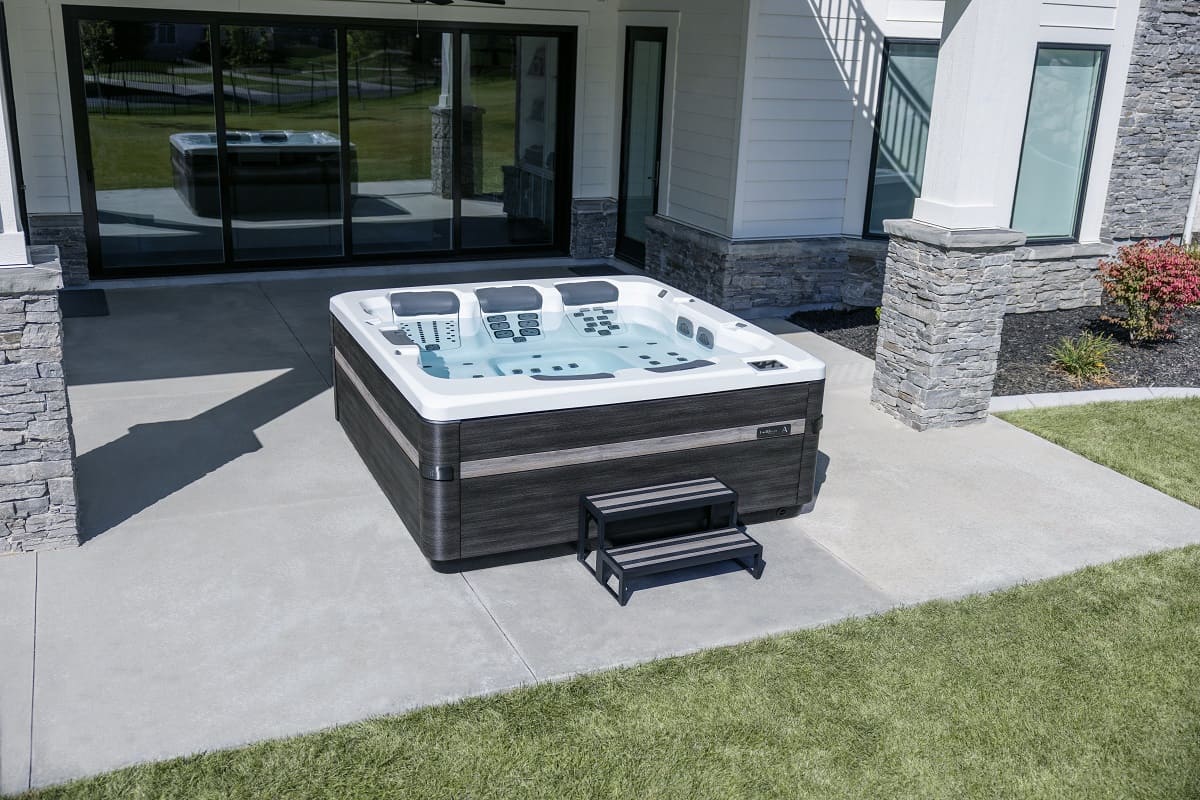
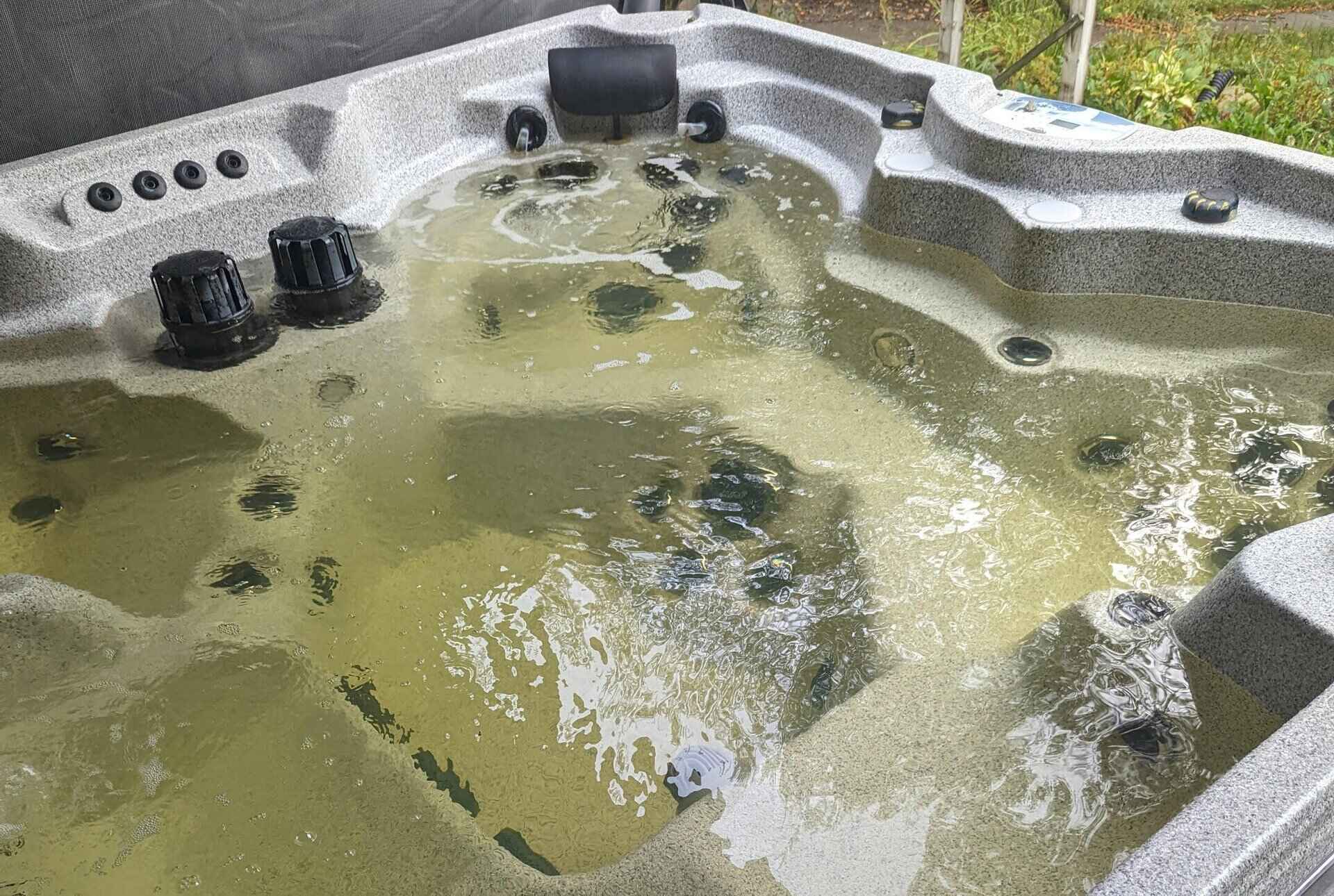
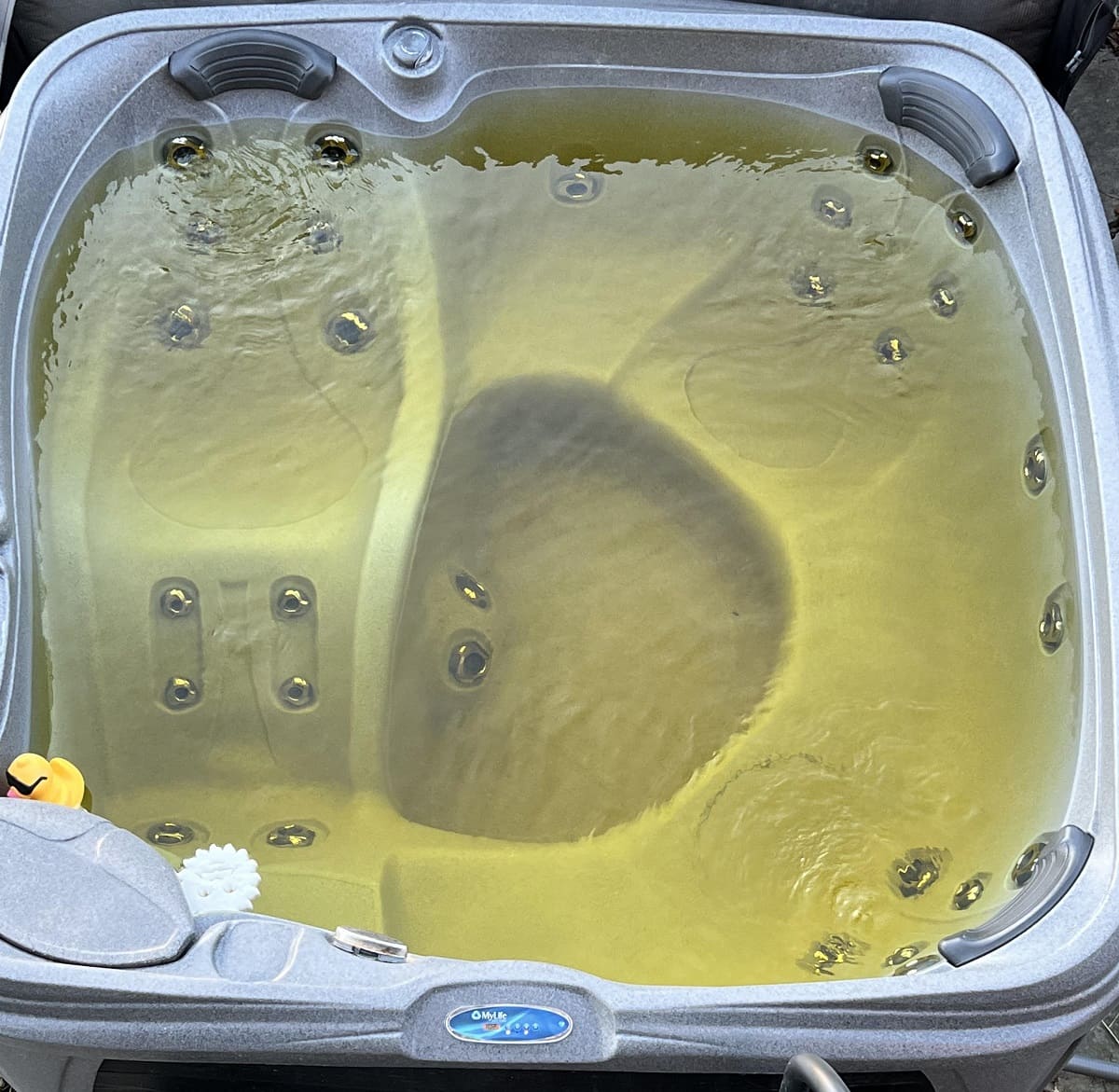
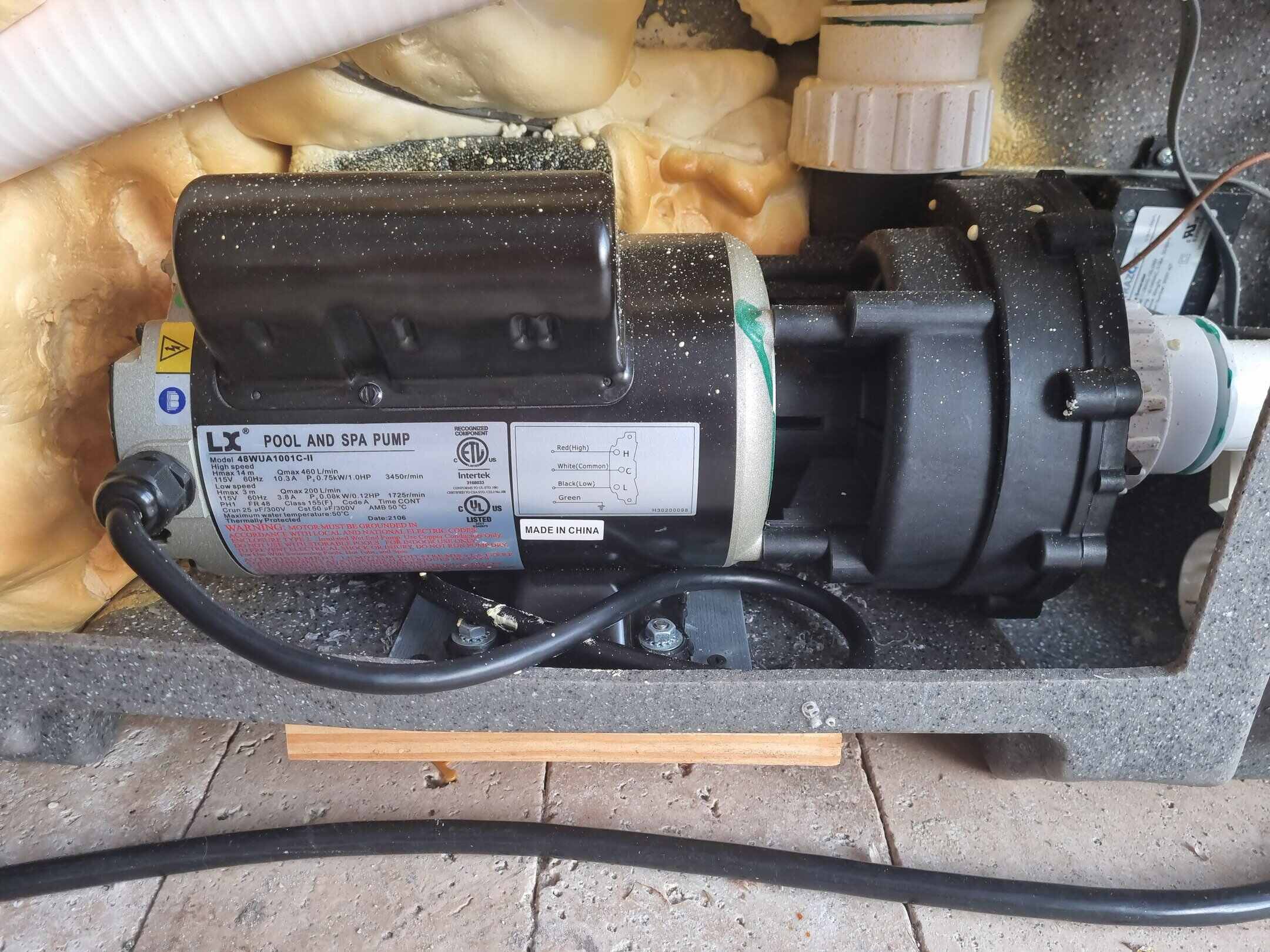

0 thoughts on “How Fast Does Hot Tub Water Evaporate”